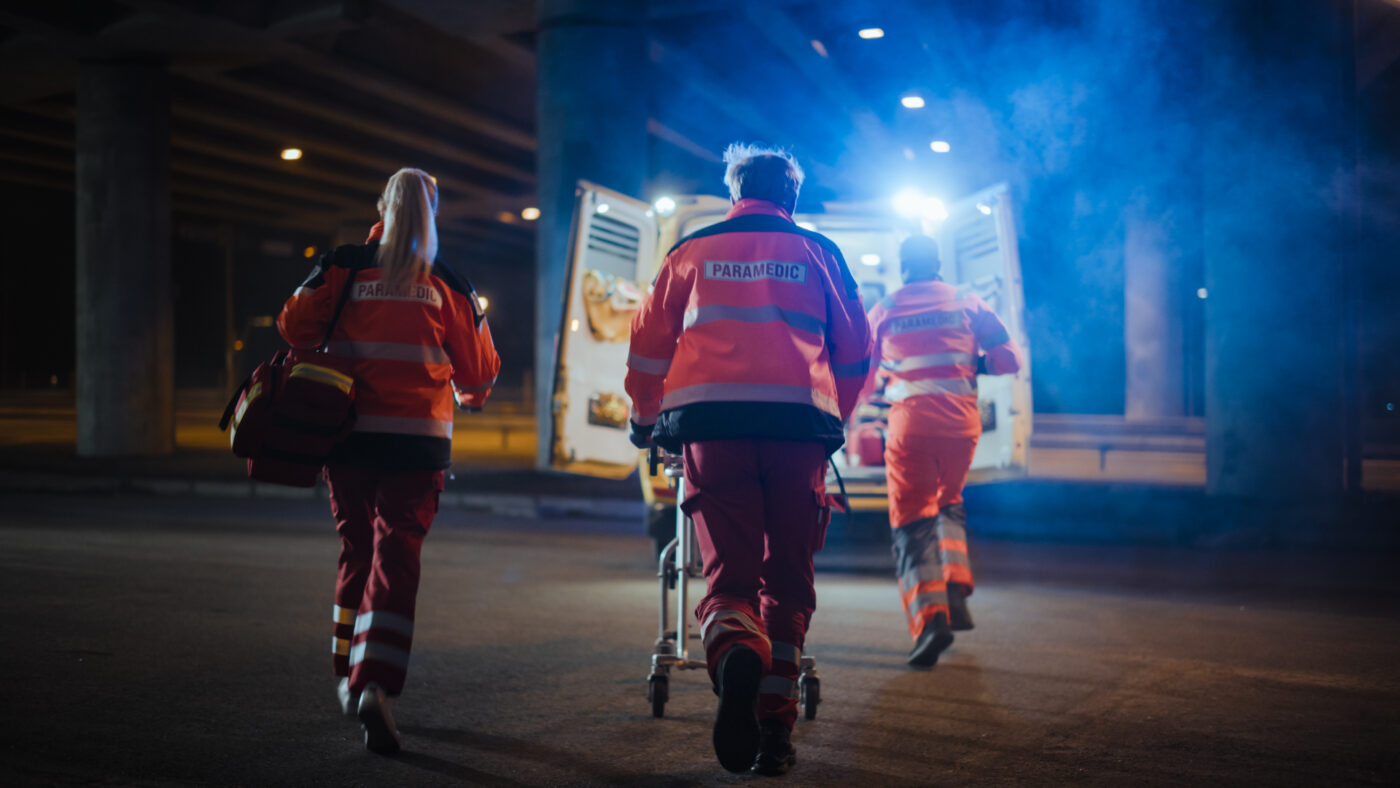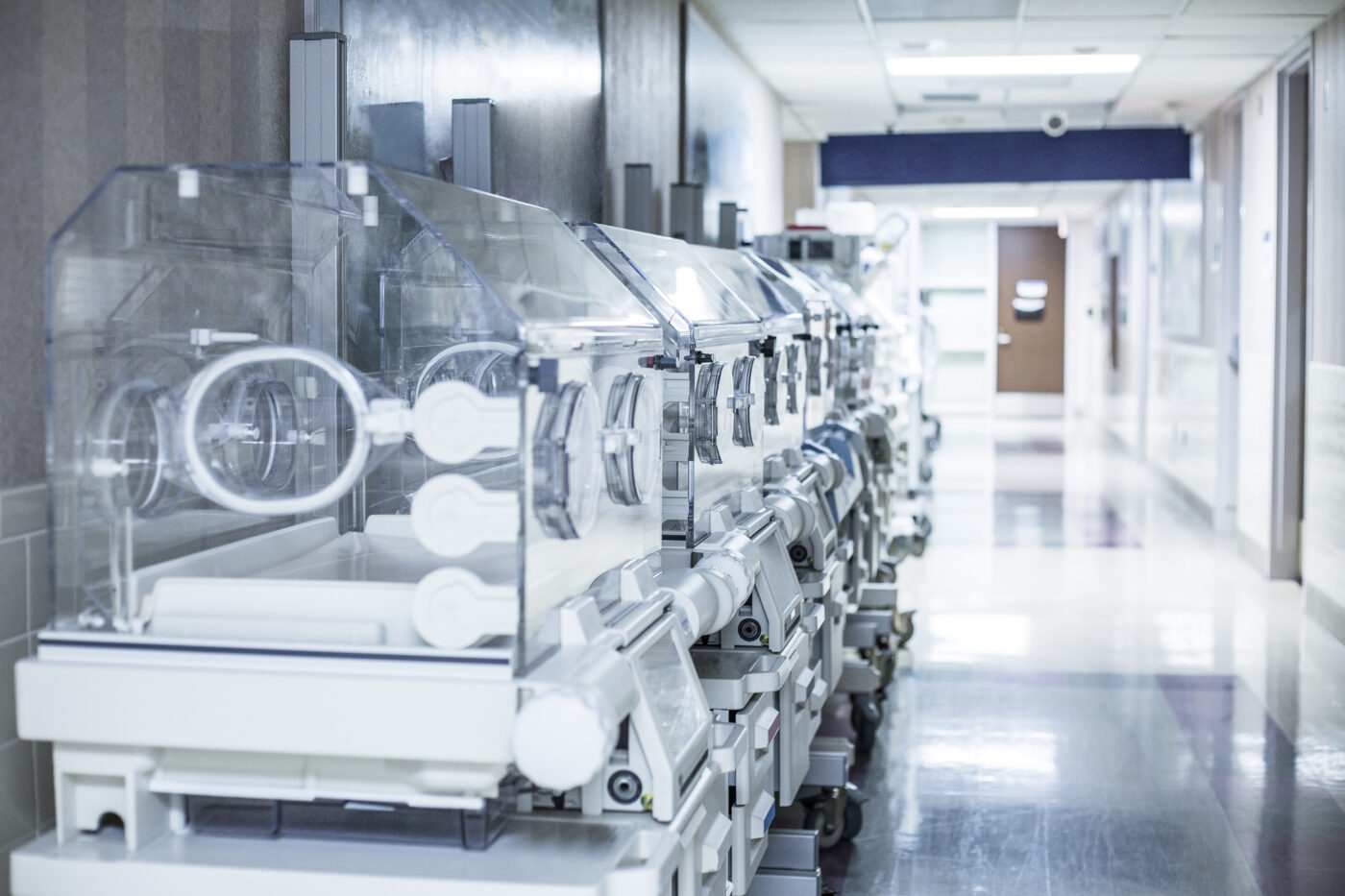In the unpredictable tapestry of life, unforeseen emergencies can arise at any moment, necessitating swift and effective on-the-spot interventions. Whether it’s a hiking mishap leading to an unexpected injury or a more serious incident requiring immediate attention, the availability of high-quality medical supplies becomes paramount in determining outcomes. This article delves into the critical role of on-the-spot interventions and the evolution of medical supplies designed for emergency situations. From the simplicity of improvised first aid measures to the sophistication of cutting-edge adhesives and advanced technologies, we explore the transformation of these life-saving tools.
Beyond the emergency itself, understanding the importance of health insurance coverage for essential gear becomes crucial. The article also provides practical tips for individuals and families to ensure preparedness, offering insights into evaluating potential risks, maintaining accessible emergency kits, and acquiring the necessary knowledge to utilize these tools effectively. In a world where readiness can make all the difference, this exploration serves as a guide to navigating the often-overlooked realm of emergency preparedness.
The Critical Role of On-The-Spot Interventions
Imagine you’re out hiking on a beautiful trail when, suddenly, a wrong step leads to a friend’s leg injury. It’s here that a piece of gear like a sugar tong splint becomes an unsung hero. This isn’t a tale of high-tech gadgets but of simple, life-saving tools designed for moments just like these. A splint stabilizes the injury, providing the necessary support until professional help arrives, turning a potential disaster into a story with a much happier ending.
When seconds count, the availability of essential medical supplies can mean the difference between life and death. On-the-spot interventions require not just any equipment but the right kind, tailor-made for the emergency at hand. Tourniquets, chest seals, and bandages are the unsung heroes in a crisis situation. Whether it’s a civilian accident or a combat injury, quick access to these items equips first responders and laypersons alike to take immediate action, often bridging the gap between trauma and treatment.
On-the-spot interventions often involve using whatever is at hand to address injuries or acute medical issues. It’s not uncommon for bystanders with basic first aid training to step in and provide lifesaving care. From using a scarf as an improvised sling to applying direct pressure on a wound to halt bleeding, these actions hinge on the presence of basic supplies and knowledge of how to use them effectively. Courses and certifications in first aid are invaluable for anyone looking to be prepared for such events, and a small investment in training now can lead to significant impacts in emergency situations.
Understanding the Vital Importance of Medical Equipment Quality
Digging deeper than the flashing lights of an ambulance or the urgency of a 911 call, at the core of effective emergency care lies the quality of medical supplies. A product’s reliability often becomes part of a critical narrative, where its performance can alter the outcome of an emergency. In compelling real-life scenarios, we’ve seen how sturdy tourniquets control life-threatening hemorrhages and how robust chest seals manage penetrating injuries. But quality is something that doesn’t always come easily. Manufacturers dedicate countless hours to research, development, and rigorous testing to ensure their products meet the highest standards. This dedication means that when faced with a dire situation, trusting your equipment is a given.
The Evolution of Medical Supplies in Hostile Environments
Over time, medical supplies have undergone a remarkable transformation, particularly in their use in hostile environments. From the gauze and alcohol of yesteryears to the sophisticated sugar tong splints and hemostatic dressings of today, these advancements reflect a journey of innovation driven by the harsh necessities of battlefield and emergency medicine. This evolution isn’t just an academic interest; it has real-world implications. For instance, advancements in military medicine have often trickled down to civilian use, remarkably improving outcomes in incidents like traffic accidents or public emergencies.
Sealing Wounds and Saving Lives With Advanced Adhesives
Not long ago, the concept of sealing a wound tightly and effectively with adhesives in the chaos of an emergency seemed like a distant reality. Today, however, innovative sealing technologies do not just exist but have become a staple in emergency medical kits. The science behind these adhesives is complex, but their application is a marvel of simplicity: within moments, they can turn a gaping wound into a manageable injury, controlling bleeding and reducing the risk of infection. The practical implications of these life-saving adhesives stretch far beyond the battlefield—nowadays, they save lives in all sorts of civilian emergencies, from car crashes to industrial accidents.
Navigating Health Insurance and Access To Essential Medical Gear
While acknowledging the undeniable importance of high-quality medical supplies in emergencies, one must consider the practicalities of acquiring and storing such gear. Health insurance can play a pivotal role here, but deciphering what is covered and what isn’t can be a challenge. Different plans have different provisions for emergency equipment; some may cover items like tourniquets or splints under certain conditions, while others might not. Now more than ever, it’s essential for individuals to acquaint themselves with their insurance coverage to ensure they’re prepared for any situation that life throws their way.
Practical Tips for Individuals and Families To Ensure Preparedness
Understanding the importance of emergency supplies is one thing, but knowing how to ensure accessibility is another. Here are some practical tips: first, evaluate what kind of emergencies are most likely in your environment and prepare accordingly; second, keep a small kit in your car, home, and workplace; and third, educate yourself and your loved ones on how to use these tools effectively. Though we hope never to use them, these measures can empower us to face unexpected challenges head-on and with confidence, knowing we’re ready for whatever comes our way.


